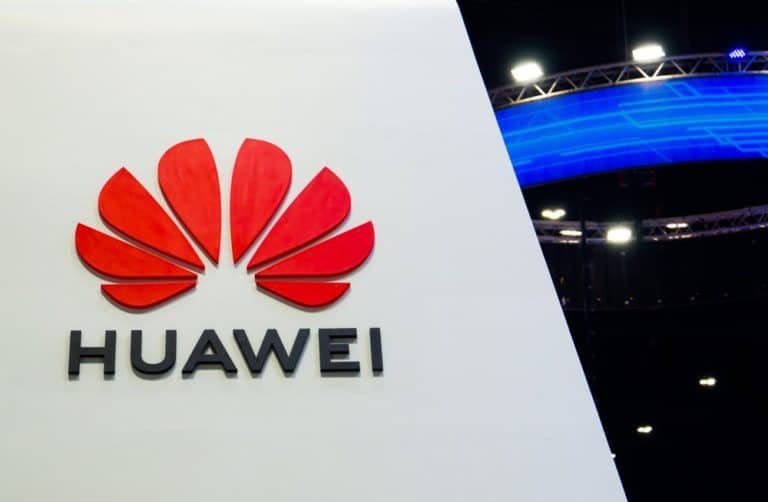In a bid to maintain a strong presence in the smartphone market and advance its growth, Huawei has announced plans to make the world’s first three-nanometer chipset. The unit has been named Kirin 9010 and most of the details were disclosed by a known industry leaker @RODENT950 on Twitter.
The distance between transistors and components put in a computer processor is measured in nanometers. The smaller the distance between transistors, the more you can put in. That allows devices to run more efficiently and faster.
Smaller is better
The smaller transistors do not use up a lot of energy, meaning the battery life is much longer and the device does not overheat. Huawei has a subsidiary that designs chipsets, named HiSilicon. The division announced its latest phone processors (Kirin 9000 and Kirin 9000E) in September.
At the time, they said that they were the first company to build on a five-nanometer process. At this time, the chips are only found in Huawei’s Mate 40 series of handsets.
After the announcement, Samsung announced the Exynos 1080 and Qualcomm introduced the Snapdragon 888 chip, also build on a five-nanometer process.
An industry shift
According to @RODENT950, the new chips will launch sometime later this year and could be used in the Huawei Mate 50 series, which are expected to hit the market in the fourth quarter. Industry experts were almost certain that they would not see a three-nanometer chip for at least two years.
So, if Huawei has indeed managed to make one, other manufacturers will also feel the need to build one. Qualcomm may also switch to a three-nanometer process if the report turns out to be true. Samsung is reported to have decided to skip the four-nanometer process and go straight to a three-nanometer.
